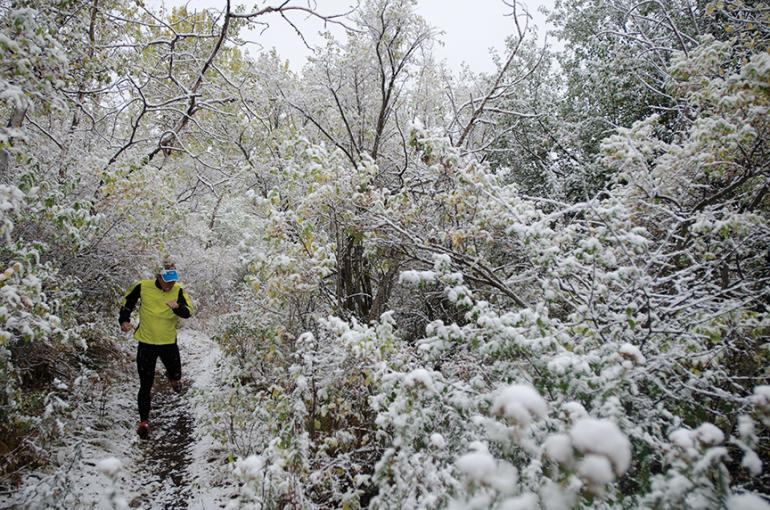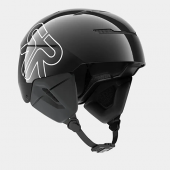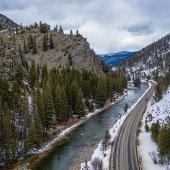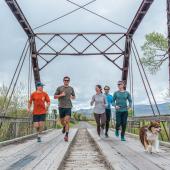Dashing through the Snow
Tips for winter running.
While enjoying the brisk air and snow-covered trails, it’s important to remember that colder temperatures, less daylight, and slick conditions make winter running is a whole different ballgame than your cheerful summer miles. Here are a few things to take into consideration during your winter runs.
Layering
Even though the air feels frigidly cold, you know you’ll warm up within a half-mile. A good rule of thumb is to dress for about 15-20 degrees warmer than the actual air temperature. Start with a sweat-wicking, lightweight base layer to keep the sweat off your body as much as possible. Your mid-layer should be a mid-weight synthetic material (fleece is a good option) that fits snugly but leaves room for movement. For the outer layer, a full-zip style gives you more options for venting; on windy days, wear a windproof shell to combat the biting air. Running tights are a solid choice for your legs, and come in a dazzling array of styles and fabrics. Your winter running look should be topped off with a hat or ear warmer, along with gloves or mittens to keep your extremities from becoming hand-shaped popsicles.
Visibility
Staying visible to traffic is a must, so wear bright-colored, reflective clothing or a reflective vest after dark. On especially dark roads, a headlamp or flashing light will increase visibility and prevent you from faceplanting over a crack in the pavement.
Slick Conditions
YakTrax or similar slip-on “cleats” slide right over your shoes and help keep you on your feet. Winter-specific running shoes have a heftier outsole, more insulation, and are often waterproof to keep your feet toasty. The “screw shoe” is an economic, time-tested option for avid winter runners. DIY tutorials are easy to find, and simply involve a few dozen 1/2-inch screws drilled through your outsoles, providing badass traction in the slickest conditions.
Remember to stay alert—weather changes fast around here, and oncoming storms can quickly drop the temperature and put runners at risk. Always let someone know where you’re going, and know where to find shelter if the weather gets bad. Have fun, train smart, and stay safe.












